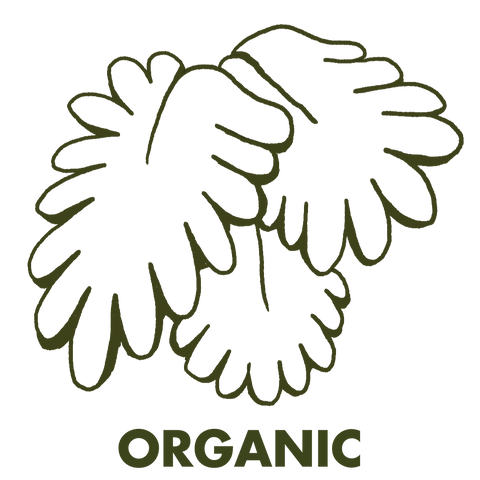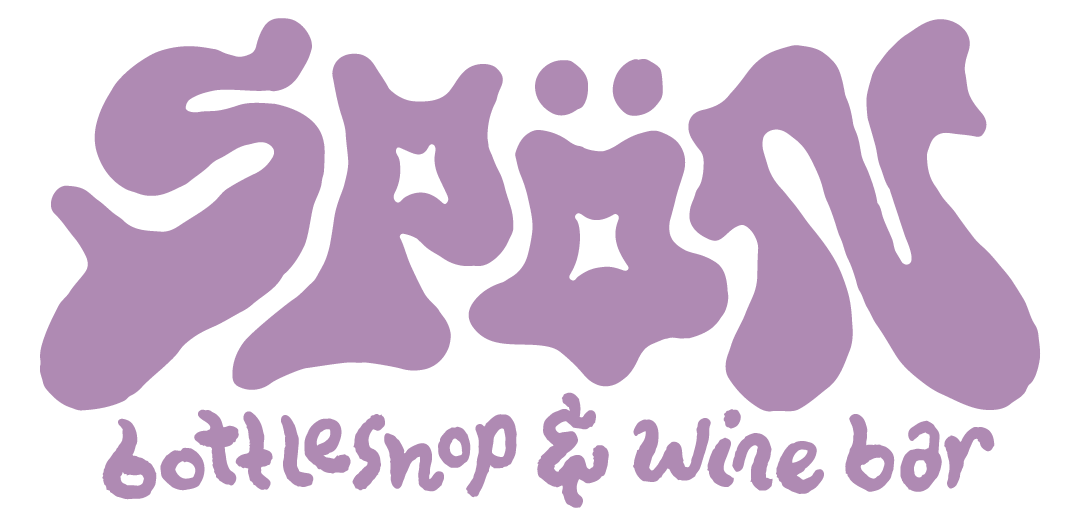
2022 Jean-Yves Péron Les Œillets Amphore






WINEMAKER: Jean-Yves Péron
REGION: Savoie, FR
VARIETY: Jacquère
VITICULTURE: Organic
Les Œillets comes from the same terroir as La Petite Robe (the clay-limestone soils of the lieu-dit Les Marches, at the foot of Mont Granier), but it is harvested later to obtain a more advanced phenolic maturity and a higher tannic concentration. The carbonic maceration of four or five days is followed by a month of punching down in vats. At least one year of aging in terracotta amphora.
With a beautiful minerality and a tension polished by the passage in terracotta, Les Œillets Amphore by Jean-Yves Péron is an atypical white, with powerful aromatic notes without any trace of wood. Lots of fruit and candied citrus fruits. Les Œillets has chew, texture, a tannic mouthfeel and a note of controlled oxidation. The tension is strong, balanced by a note of apricot.
Jean-Yves Péron is a young artisan patiently reviving ancient, almost forgotten high-altitude vineyards in the French Alps, near Albertville. After studying oenology in Bordeaux, he trained with natural winemakers Thierry Allemand and Jean-Louis Grippat in the Rhône Valley and Bruno Schueller in Alsace. Started in 2004, he works with multiple steeply terraced micro-parcels (3 hectares total) of 115-30 year old Jacquere and Mondeuse vines, planted to friable mica-schist soils; his oldest parcels were planted in 1893, and have not seen phylloxera. Organic farming, indigenous yeasts, non-interventionist winemaking, avoidance of filtering and fining and use of little or no sulphur make these natural wines of the first rank.
